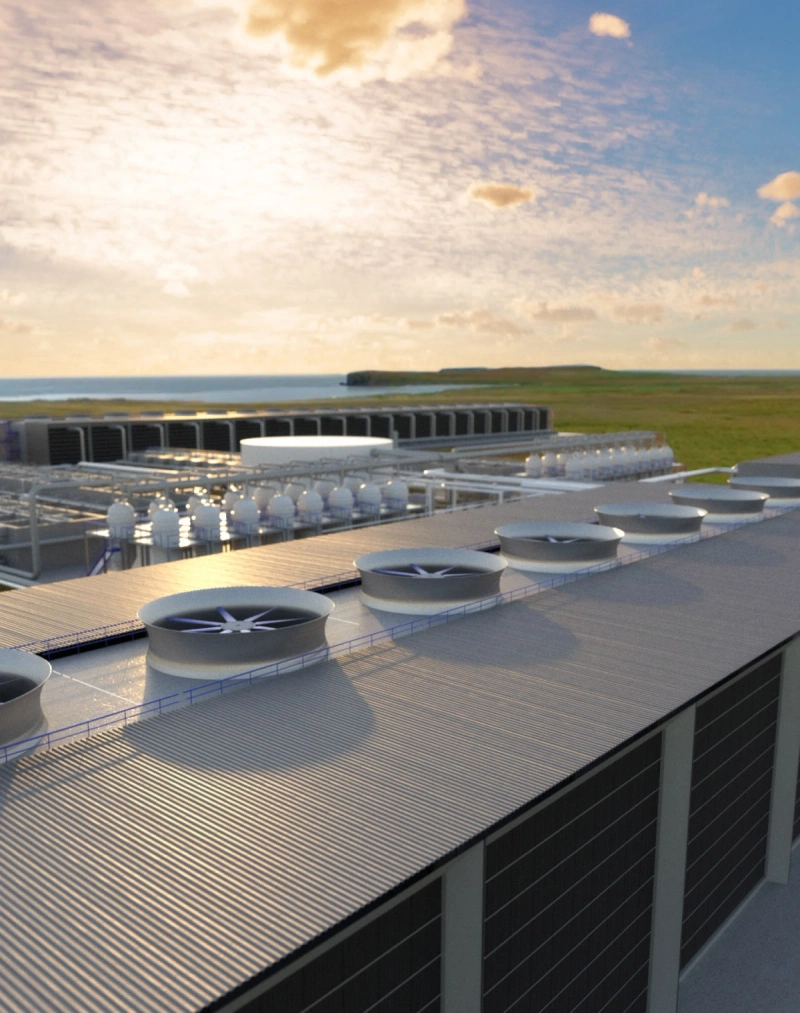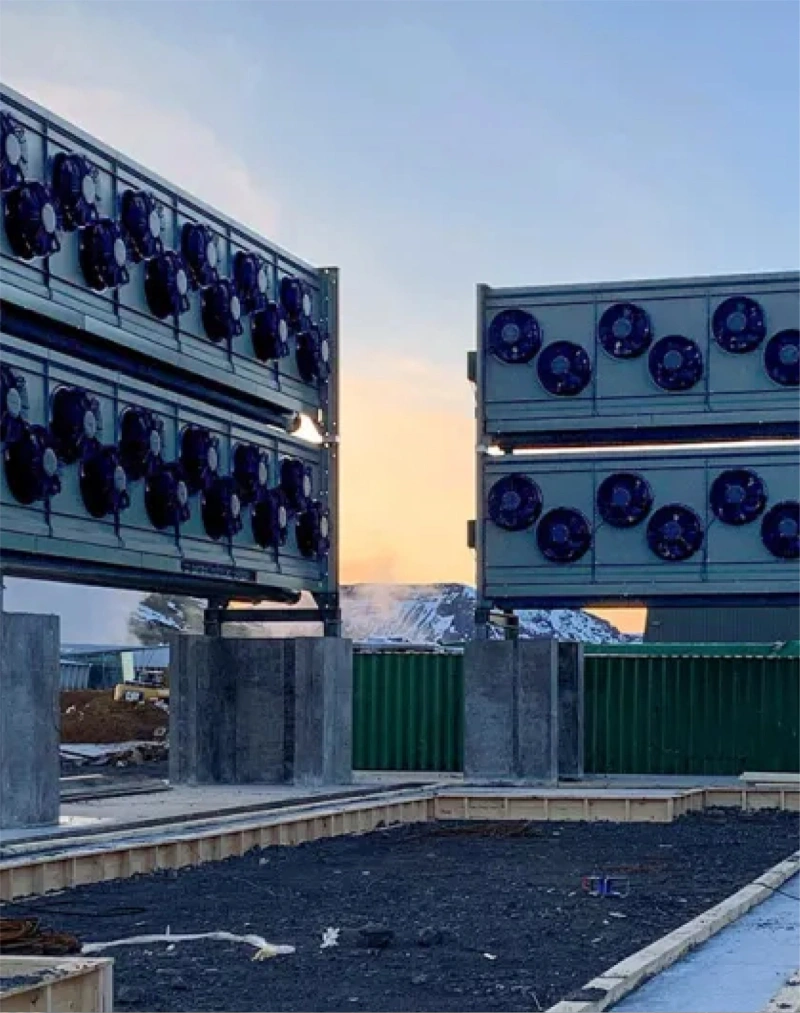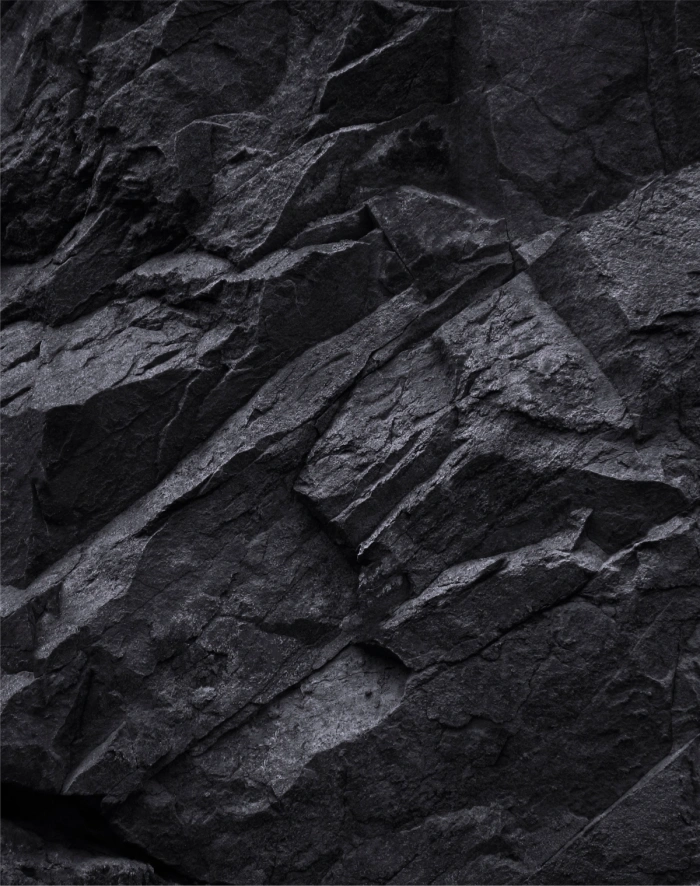The SOLUTION
Heirloom , a San Francisco-based company, is trying to get around some of these obstacles. Heirloom uses a process called carbon mineralization. They grind up limestone, put it on larger baking-esque sheets, and let it passively pull CO2 out of the air. Once it’s fully saturated with CO2, they put it inside an electric kiln, heat it up to release the CO2 that was absorbed, and put the carbon underground (or sequester it in cement, which they sometimes do via another BEV portfolio company, CarbonCure). Because of the limestone’s passive properties, this method uses significantly less heat and power than traditional direct air capture technologies.








